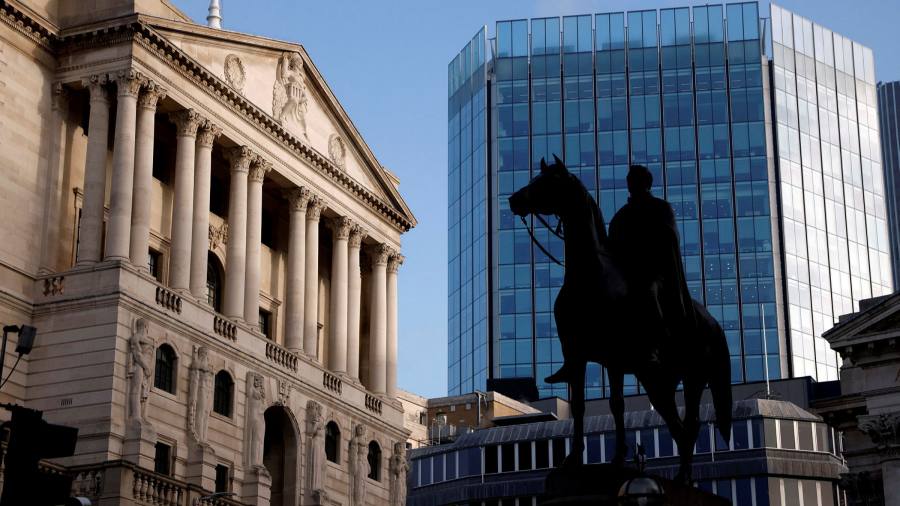[ad_1]
The global rush for credible detailed information on climate financial risk has prompted the UK government to fund a new £10m green finance research centre ahead of the UN climate summit to be held in Glasgow this year.
The joint initiative with the University of Oxford and other institutions aims to develop granular, publicly available data that could allow financial institutions and investors to identify a company’s most at-risk assets, or spot deforestation in supply chains.
The new UK Centre for Greening Finance and Investment is part of the national effort to establish the City of London as a green finance centre, leveraging on Britain’s status as the host country for the UN climate talks.
Its main objective is to provide information to investors and financial institutions to better map climate risks, from physical threats, such as storms, to what are described as “transition†risks, such as potential litigation against companies and governments.
“The gap between where we need to be on environmental and climate data analytics, and where we are at present, is very large indeed,†said Ben Caldecott, director of the new centre and a professor of sustainable finance at the University of Oxford, and an adviser to the government on the UN summit. Universities in Bristol, Leeds and Reading, and Imperial College, as well as The Alan Turing Institute, are also taking part.
The move comes ahead of the Bank of England’s first climate “stress testâ€, scheduled for later this year. The central bank has also asked financial institutions to explain by the end of 2021 how they are managing climate-related risks.Â
Despite the growing volume of research from a gamut of organisations, reliable data can be hard to access and interpret, making risk modelling an expensive and complicated exercise. Financial institutions are struggling to appropriately apply the available information to make calculated decisions.
At the same time, companies are under rising pressure to report their climate-related risks but face a vast range of different reporting standards and sustainability metrics.
“Access to scientifically robust data and analytics is currently patchy and unreliable,†the government said.
The centre said “spatial finance†— understanding the investment risks associated with the precise geographic location of an asset — would be a priority. This could include mapping where factories or power plants were located, or analysing whether a particular supply chain involved deforestation.Â
“Companies have pushed back a bit on some of this,†said Caldecott. But the proliferating use by sophisticated investors of tools such as real-time satellite imagery and artificial intelligence for monitoring of activity meant “they don’t really have a choiceâ€.
Consistently reported, comparable data would help investors identify which companies were most exposed to a variety of threats, such as water stress.
Catastrophe risk modelling companies are proliferating as global capital markets become focused on sustainable investments, but their services can be expensive and their proprietary methodologies are not transparent.
These organisations tend to model for specific scenarios, such as the insurance implications of a hurricane in a region, rather than across a wide range of interconnected issues, or at a very local level.
“We should soon expect an even greater demand for democratised risk modelling and measurement,†said Kathy Baughman McLeod, director of the Adrienne Arsht-Rockefeller Foundation Resilience Center at the Atlantic Council. “Practical need, especially for countries that can’t afford proprietary models, calls for more open-source tools.â€
Climate Capital

Where climate change meets business, markets and politics. Explore the FT’s coverage hereÂ
[ad_2]
Source link






